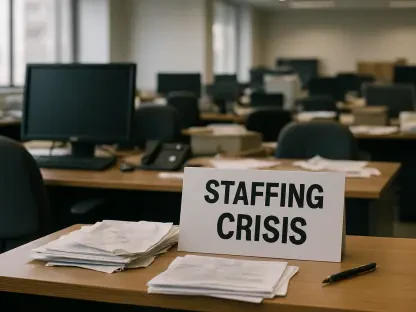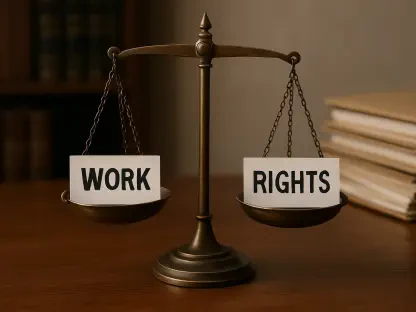Unraveling Civil Rights Protections: A Potential Shift Under Trump’s Directive
In a world where public norms and legal foundations have long been intertwined, the very essence of civil rights enforcement becomes intensely scrutinized. How does one reconcile decades of established legal practices with sudden disruptive changes? President Donald Trump’s executive order, aimed at halting disparate-impact liability enforcement, poses a provocative question about the future of civil rights protections. Altering how discrimination is perceived and addressed risks unraveling complex legal and societal frameworks, challenging communities and leaders to reevaluate their stances.
Shifting Foundations: The Story Behind Civil Rights Protections
Civil rights laws have been critical in shaping equal treatment in workplaces and wider society. Title VII of the Civil Rights Act of 1964 has stood as a bulwark against employment discrimination, addressing unjustified disparate impacts that thwart equality. As society evolves, the importance of these laws becomes increasingly pronounced, especially in maintaining fairness amid changing employment practices. Recent efforts to alter these protections demand a thorough examination of their impact on the fabric of modern America.
Trump’s Executive Order: Echoes of Change in Civil Rights Precedents
The central feature of Trump’s executive order centers on reining in disparate-impact liability, marking a potential departure from civil rights advancements. These liabilities have long served to uncover subtle discrimination practices that intentional actions might not capture, upheld by numerous Supreme Court rulings. The implications of curbing enforcement could extend far beyond the legal sphere, affecting the everyday lives of individuals navigating employment landscapes. It’s a stern challenge to decades of progress, prompting both concern and reflection.
Voices from the ArenExpert Opinions and Legal Standpoints
Former officials from agencies like the Department of Labor and the EEOC, including Charlotte Burrows, have vocalized strong criticisms against the order. Many express that it contravenes foundational civil rights principles and court precedents that guide legal practices. An EEOC administrative law judge described the directive as highly illegal, suggesting an attempt to curtail class-action discrimination lawsuits. These reactions underline a collective call to preserve civil rights protections and ensure robust enforcement.
Strategic Navigation Amidst Uncertainty: Compliance in a New Era
For employers, balancing compliance with federal civil rights laws amidst the directive’s shadow requires strategic navigation. Continued internal monitoring for discriminatory practices remains paramount, reinforcing the responsibility to uphold anti-discrimination values. Employers are called to align their policies with established laws, circumventing liabilities posed by potential legal contradictions. Vigilance and adherence to civil rights principles serve as guiding tenets in a landscape where laws may shift, but ethical obligations endure.
Doors Open to Future Actions and Reflections
The changes advocated by Trump’s order urge deep reflection on civil rights advancements and the importance of preserving foundational protections. Amidst this evolving landscape, the narrative seeks strategic responses to ensure that civil rights remain safeguarded against impending legal challenges. Employers and policymakers alike are equipped to strive for fair treatment and equality, signaling a commitment to ongoing vigilance and adherence to civil rights law despite potential federal alterations.









